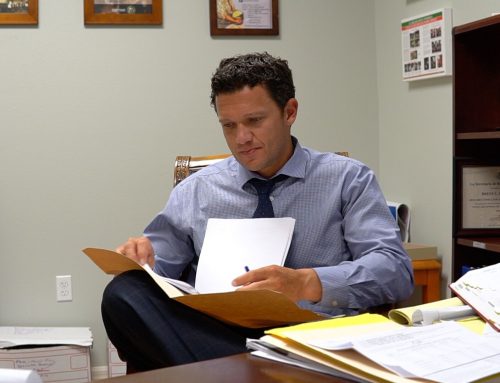You are traveling down the road and remember an important message you need to answer. You reply by using the “talk-to-text” feature on your phone, assuming that it is safer (and possibly more legal) than actually typing a text message. But is dictating a message any safer than typing it out?
The answer may surprise you. According to a distracted driving study by Texas A&M and the Southwest Region University Transportation Center, talking into your phone is actually just as dangerous as typing while driving. In fact, it may be even more so, given the surprising number of drivers who admit to using these applications while on the road.
Distracted Driving Study Results
Although virtually everyone surveyed understood the dangers of texting while driving, there are more people doing so than ever before. And while you may think that teenagers are the biggest offenders, they are not – a full half of business commuters admit to texting and driving, while admitting that three years ago they did not. (43% of teenagers admit to doing so on occasion.) Here are some other worrisome statistics from the recent study.
- Drivers presented with an unexpected obstacle while dictating a message – such as a pedestrian stepping into the street, or a car changing lanes – took twice as long to respond as they would have if they were not distracted. The response time was equally bad for those using conventional texting – meaning that dictating a message posed exactly the same risk as typing.
- Dictating a message requires your brain to be otherwise engaged, and therefore distracts you. In fact, the time that a driver’s eyes were not focused on the roadway ahead of them was exactly the same no matter which method of texting.
- It actually took study subjects twice as long to prepare and send a “voice-to-text” message than a typed message. This was due to the time they spend proofreading and correcting the mistakes made by the application “mishearing” them.
- Study participants reported that they felt significantly safer while dictating a message, even though statistically, they were not. This is likely why drivers feel it is preferable to use a voice application to send messages.
More Facts About Distracted Driving
Our smartphones are not going anywhere, and they become more capable every day. With all the new applications being added, studies prove that adults are unable to go very long without looking at their screens. Perhaps the most disturbing part of that, however, is the number of drivers engaging in such dangerous behavior, even though they understand the risks very well.
- According to the Cellular Telecommunications Industry Association, 35% of drivers admit to texting or reading/sending emails while driving at least once per month.
- The fatality rate of texting while driving is comparable to that of driving with a blood alcohol content of .10 – significantly higher than the legal limit.
- 98% of the respondents said they think distracted driving is dangerous, but do it anyway – and 40% say it is a regular habit.
- 40 states have laws prohibiting texting and driving, and many are moving to a total ban on electronic devices while driving, due to the extreme risk. In fact, a California man recently fought a citation he received for looking at the GPS map on his phone while driving – and lost.
If you have been injured by someone who was texting and driving in the Tampa Bay or Sarasota area, call the attorneys of Probinsky & Cole. We will help you to defend your rights and get the retribution you deserve.
Whether you are the victim of reckless driving, our attorneys are ready to assist. Call today to discuss your case and your legal options.







